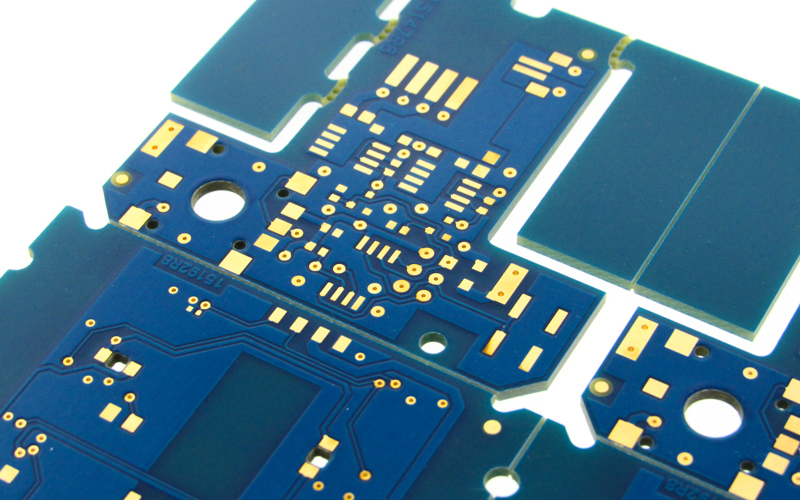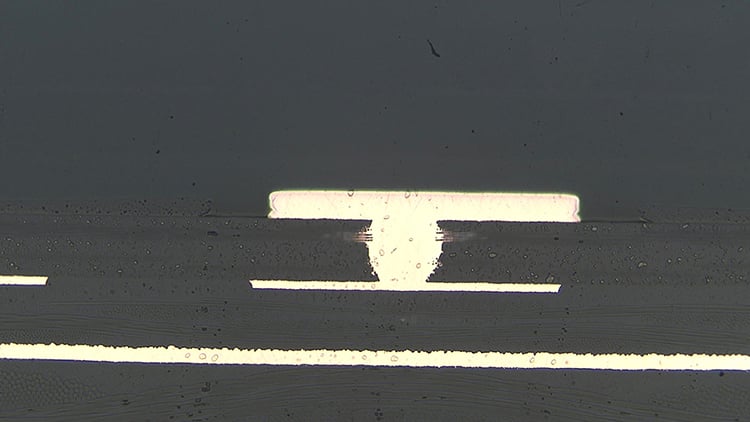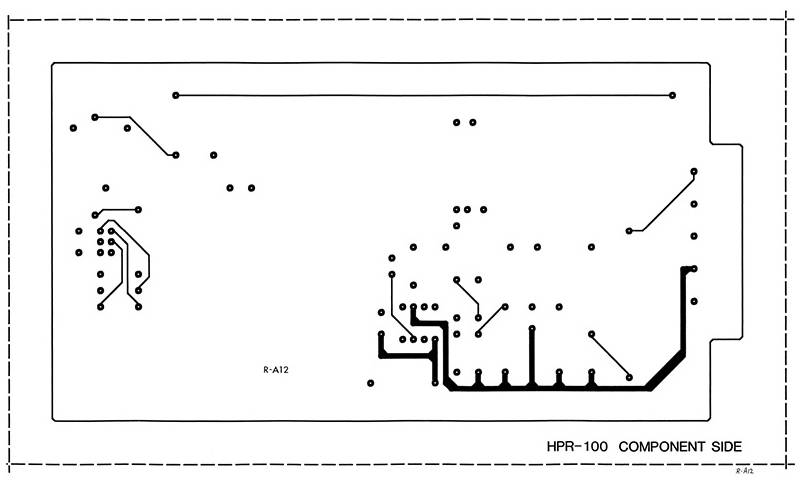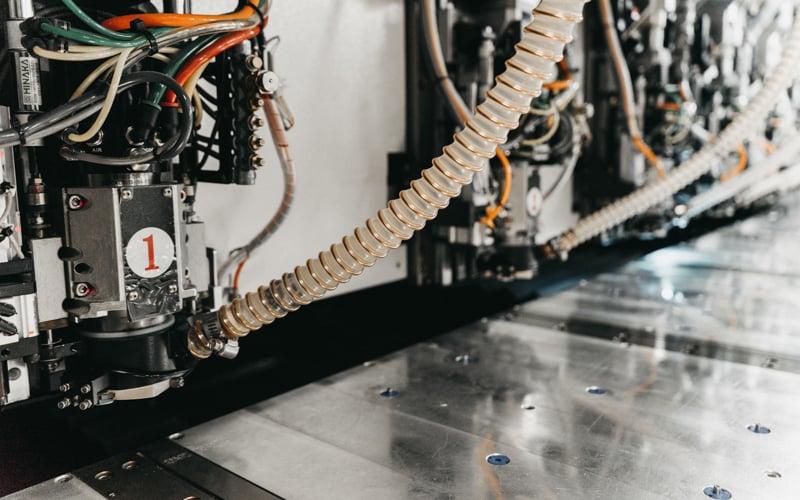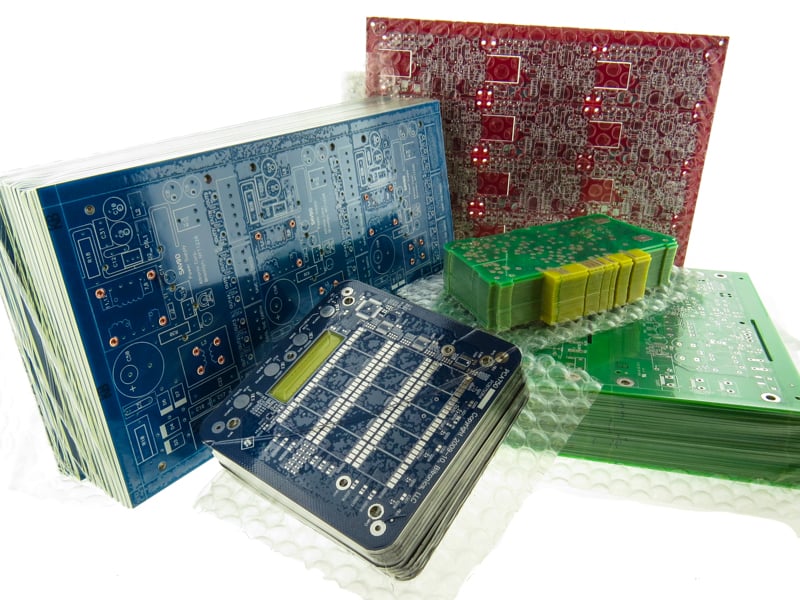Printed circuit board (PCB) production has used standard panel sizes, such as 18x24 inches, to produce multiple PCBs at the same time, along with several other panel standards. A panel containing single format PCBs typically would use routing as the method of removing the single pieces from the master size.
What is a void in the printed circuit board (PCB) world? A void is an un-plated area within the hole wall of the PCB drilled plated hole. Voids in hole barrels can be equally problematic in all types of PCBs. The number of layers contained within the PCB plays a part in the cost of the completed circuit board. The more layers within the card the more cost is added for manufacturing. However, a two-layer part can also be expensive to scrap.
Printed circuit boards (PCBs) are the heart of electronic products as they provide the conductive pathway for all the electronic components to connect and function together. As electronics become more advanced and complex, PCBs are having multiple layers sandwiched together to establish all the necessary connections.
Outdoor cables are used in commercial, industrial, and residential applications where they are exposed to a variety of adverse conditions. To survive a lifetime’s worth of abuse, outdoor-rated cables must be designed to stand up to the elements, rough handling, excessive moisture, extreme temperatures, and contaminants like sand or dust. Having an overmold in the design of the cable assembly, the cable terminations can be sealed and ruggedized allowing for several design risks associated with outdoor use to be addressed in an economical fashion.
I love looking at data. Sounds weird, right? I guess it is because I have been working in the industry for so many years. I have seen the technology changes, and I just find it fascinating. In this blog post, we will recap the past, which some of the time creeps its way back to Epec, the present, and the future of printed circuit boards (PCBs).
Let’s get to it.
The last 18 months have been some of the most challenging that many of us have had to deal with both personally and professionally. It has often felt like we were riding waves, coming closer to things getting a little more normal, only to have them change radically. Looking forward to the next 18 months, I don’t see those changes getting any easier for us or our industry.
Printed circuit boards (PCBs) require holes to be drilled through or partially through laminate materials. These holes are used to create continuity between the top and bottom or to a mid-layer on the PCB. The holes allow traces, pads, and copper polygons to be connected throughout the different layers of the board.
As our world continues to evolve to an online buying market for everything for our homes, schools, and offices, you may have noticed in some cases, the quality is not exactly what you thought you saw and bought online. We have all had that men’s XL shirt we bought for dad’s birthday arrive only to fit our 7-10-year-old, or the gift for Christmas arriving in January. Is it cost vs. quality, convenience vs. going out shopping, or is it the ongoing COVID-19 situation?
Within the first few pages of IPC standard for printed circuit boards, there is a reference table 1-2 that is called “Default Requirements.” When reading the standard looking for some guidance, one may question “default” as part of a requirement. Often, when we receive circuit board production files there is not enough information from a manufacturing standpoint but certainly enough to quote.
At the conclusion of our webinar, PCB Design & Layout - Checklist of What You Need Before You Start, we had several questions submitted to our presenter, Angie Brown, PCB Product Manager at Epec. We have compiled these questions into a readable format on our blog.


